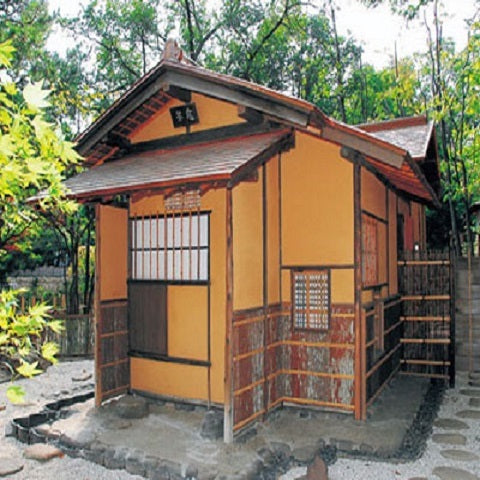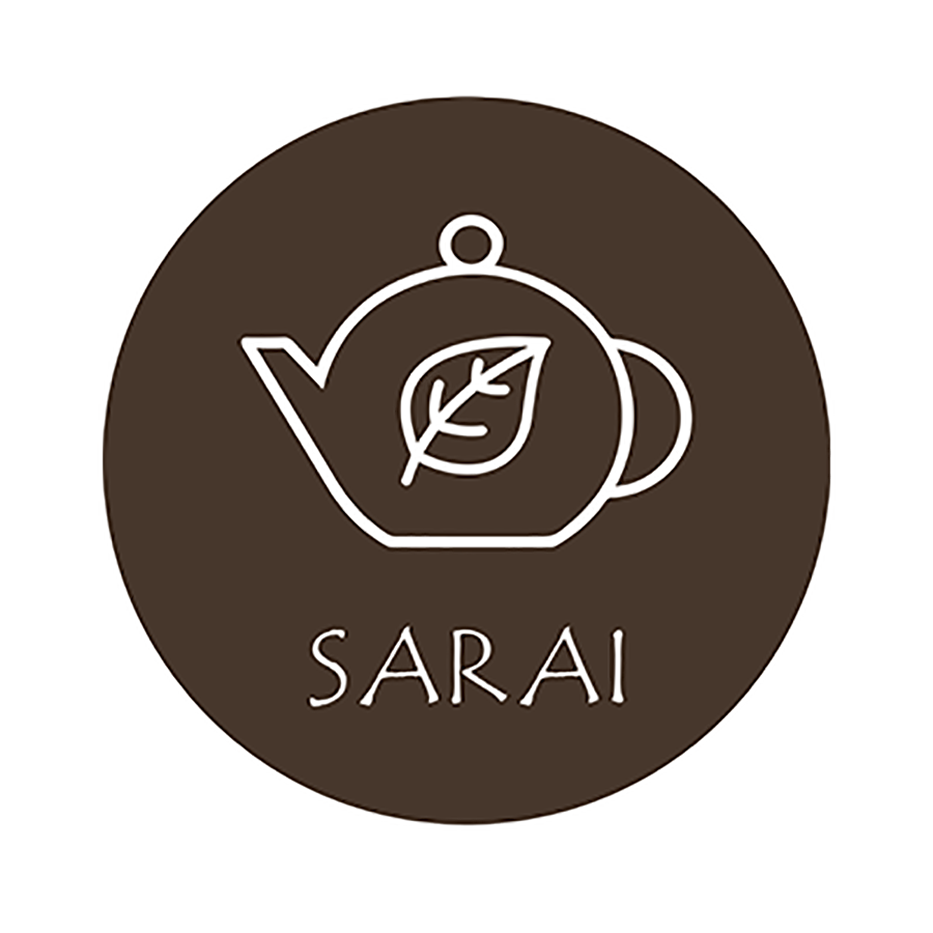
Hassoan and Kobori Enshu
The legacy of feudal lords and tea masters lives on in Sapporo
Hassoan is a teahouse quietly located in the Japanese garden of Nakajima Park. It is said to have been made by Kobori Enshu, a feudal tea master from the Azuchi-Momoyama and early Edo periods. Why is this precious remains, built about 400 years ago, located in Sapporo? And what kind of person was Kobori Enshu? Let's trace its history.

Hassoan revived in Sapporo
Nakajima Park is surrounded by lush greenery despite being located in the heart of the city.
Within the Japanese garden, a wooden building stands quietly, further enhancing the tranquil atmosphere.
The building in question is a teahouse called Hassoan (formerly Shanainbosen), said to have been built in the later years of the feudal tea master Kobori Enshu, who was active approximately 400 years ago.
Originally, Hassoan was located within Komuro Castle in Omi Province (Shiga Prefecture), which was the castle of the Enshu clan.
After many twists and turns, I ended up in the faraway city of Sapporo.
It all began in 1788 when the Kobori family was ordered to transfer their fief due to the domain's deteriorating finances and mismanagement.
At this time, the valuable assets that had been passed down through the Kobori family for generations were scattered, and Hassoan was moved to Shunzoin Temple at Nagahama Hachimangu Shrine in Shiga Prefecture.
After moving several times, in 1919 it was purchased by the public intellectual and businessman Mochida Kin'ya, who brought it back to his home in Sapporo (Kita 4-jo Nishi 12-chome).
Mr. Mochida was born in Chiba Prefecture and came to Hokkaido in 1896 as editor-in-chief of the Hokkaido Mainichi Shimbun.
In 1906, he became editor-in-chief of the Hokkai Times (now the Hokkaido Shimbun Press) and then a director.

After that, the owner of Hassoan changed from Mr. Mochida to businessman Motokiyo Nagasawa.
In 1951, Mr. Nagasawa donated it to the city of Sapporo and it was moved to its current location.
During the relocation, the entire building was dug up and loaded onto a huge specially made cart, which took six hours in the middle of the night to transport it.
In this way, valuable remains from the early Edo period have been brought back to life in Nakajima Park.
It was crushed by heavy snow in the spring of 2006, but was repaired and the renovation was completed in 2008.

The plaque hanging at the front reads "Bosen."
A bamboo trap is a fishing tool made from woven bamboo, and one of Zhuangzi's poems says, "Once I have caught the fish, I forget the trap. Once I have realized the truth, I forget the teachings."
It means that once your purpose has been achieved, you can forget about the tools and means used. It is meant as a warning that the tools are a means to learn the tea ceremony and that you should not forget the original purpose.
It is said to have been written by Enshu himself.

Hassoan is a two-tatami-daime tea room (a quarter of a three-tatami mat room) with a total of eight windows, and the name of the room is based on this.
The eight windows make the small space spacious and three-dimensional, and their placement is also ingenious.
There are four windows on each of the two tatami mats in the tea room, which concentrate the light, creating an exquisite lighting effect.
It was designated a national treasure in 1936, and due to a change in law it was designated an important cultural property again in 1950.
The Mizuya and another tea room currently connected to the main room were added when Mochida purchased Hassoan.

In the tea ceremony, not only the tea room but also the passage leading to it and the roji (garden) are given great importance.
The Roji is thought to be a barrier that separates the world of tea ceremony from the everyday world, and Sen no Rikyu is said to have said, "The tea ceremony begins when you enter through the Roji entrance."
The garden at Hassoan was created in 1987 by Kobori Sokei, the 12th head of the Enshu school of tea ceremony, who is descended from Enshu, and donated to the city of Sapporo. You can enjoy this timeless collaboration between Enshu and Sokei.
The Japanese garden in which Hassoan stands is also very tasteful. It is said that the colors of the mountains and fields of Hokkaido were used to create the garden.
The garden stones were brought from the Saru River in Hidaka and the Mukawa River in Iburi, and the pond's banks were built without any cement whatsoever, using stones and logs as inspiration for famous ancient gardens.
The 12 stone lanterns were made by a long-established Kyoto stonemason, and represent the well-known forms of those who traveled to Europe from all over the country.
【access】
Subway Namboku Line "Nakajima Koen Station" City tram "Nakajima Koen Dori" City bus "Nakajima Koen Iriguchi" Japanese garden opening hours: 6:00 am - 7:00 pm (late April - early November)

